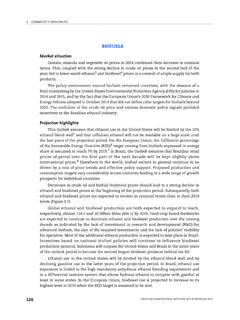Transcription of BANANA PLANTLET PRODUCTION THROUGH …
1 Pak. J. Bot., 36(3): 617-620, 2004. BANANA PLANTLET PRODUCTION THROUGH tissue culture AISH MUHAMMAD, IQBAL HUSSAIN, SAQLAN NAQVI* AND HAMID RASHID Agricultural Biotechnology Program (ABP) IABGR National Agricultural Research Centre (NARC) Park Road, Islamabad, Tel #: 9251-9255217 E-mail #: Abstract In vitro multiplication of BANANA (Musa spp.) cv. Basrai was studied. Shoot tips were cultured on Murashige & Skoog basal medium supplemented with mg/l BAP. Observations were recorded at an interval of four weeks for five subculturings. Evaluations were done at each subculture by counting the number of new shoots produced. Shoot tips coming from different rhizomes behaved differently under in vitro conditions.
2 Some being highly productive while others produced less number of shoots. On the average, 124 plants were produced from each shoot tip after five subculturing. Introduction During the early nineties, a mysterious disease spread in BANANA fields of Pakistan (Sindh), which occupied more than 60% area, and PRODUCTION declined up to 90% in some of the affected areas. Later on this disease was identified as BANANA bunchy top disease caused by BANANA bunchy top virus (BBTV). The vector of this virus is Pentalonia nigonervosa and infected plants give typical bunchy top appearance, which is due to loss of flexibility in the leaves, and they stand erect. Due to heavy loss in PRODUCTION , farmers shifted to other crops like sugarcane and cotton but they were unable to get high returns from these crops, which they got from BANANA .
3 So the efforts were diverted to get disease free planting material for recultivation of the fields, which were destroyed by BBTV. One approach was to import healthy germplasm from abroad, but imported germplasm could not acclimatize with the local soil and environment. The other way was to clean the existing germplasm and multiply at much higher rate, so that farmer s requirement may be fulfilled. In vitro multiplication of BANANA plantlets is an excellent alternate and a number of countries in the world like Israel (Israeli et al., 1995), France (Cote et al., 1990), Australia (Drew & Smith 1990), Cuba and many African countries (Vuylsteke, 1998) are using this technique.
4 Micropropagation of BANANA has been achieved using shoot tip (Cronauer & Krikorian, 1984) and from male floral apices (Escalant et al., 1994). There are also reports of somatic embryogenesis and regeneration in liquid medium (Novak et al. 1989). The important factor affecting the efficiency of micropropagation system is the rate of multiplication. It has been observed that BANANA multiplication rate is genotypic dependent as well as variable behavior has been observed among cultures initiated from same BANANA genotypes cultured in vitro (Israeli et al., 1995; Mendes et al., 1996). The present work was planned to study the multiplication rates of BANANA shoot tips derived from different suckers under in vitro conditions during successive sub- culture of cv.
5 Basrai. *Department of Biological Sciences, University of Arid Agriculture, Rawalpindi. AISH MUHAMMAD ET AL., 618 Materials and Methods Four week old suckers of Dwarf Cavendish were taken from the BANANA fields of a progressive farmer near Thatta district of Sindh (Pakistan). These suckers were transported and excised at Agricultural Biotechnology Institute, NARC, Islamabad. These suckers were peeled off to the size of 4 cm at the base and 5 cm long consisting of single shoot tip. These explants were surface sterilized for 15 minutes with 50% commercial bleach (Clorox NaOCl) to which few drops of Tween-20 were added. After complete washing with sterile water, explants were trimmed to final size of 3-5mm in the laminar flow cabinet.
6 These explants were cultured on MS medium containing mg/l IAA and BAP each. Liquid medium was used and cultures were incubated on a rotary shaker (50rpm) at 25 2oC and 16 hours photoperiod. After four weeks when growth started, explants were shifted to multiplication medium. Multiplication medium consisted MS salts and vitamins enriched with BAP. Subculturing was done after every four weeks and black tissues were removed prior to subculturing. Number of shoots was counted after every subculture. The rate of multiplication was calculated as the ratio of shoot number at the end of subculture to the initial number of shoots. After five subcultures, the shoots were shifted to rooting medium.
7 Rooting medium was half strength MS containing mg/l IBA. Profuse rooting was observed within two weeks. After removing the medium from roots under water, plants were shifted to pots having mixture of sterilized sand and clay in 1:1 ratio. These pots were covered with polythene bags to maintain the humidity. These plants were acclimatized in green house for eight weeks. Results and Discussion After the first four weeks of culturing, the external leaf primordia of explants turned green which were initially creamy white. The size of the explant also increased, while blackening was observed at the base of the explant. This blackening of the explant may be due to secretion of phenolic compounds.
8 No multiplication was observed except in culture No. 2 on which two shoots were observed. The results of shoot multiplication are given in Table 1 up to fifth subculturing. Table 1. Number of shoots produced during in each subculture from BANANA cv. Basrai Sub-culturing Explant 1st 2nd 3rd 4th 5th 1 1 4 16 108 190 2 2 7 24 135 297 3 1 1 7 15 30 4 1 2 8 16 84 5 1 2 7 12 22
9 Total 6 16 62 286 623 Mean BANANA PLANTLET PRODUCTION THROUGH tissue culture 619 Fig. 1. In vitro multiplication of BANANA . The results show that one cultured shoot tip can produce plants on the average after five subculturings (Fig. 1). It was observed that all the explants did not behave similar in vitro in terms of multiplication. It was also observed that culture No.
10 2 was most productive and produced maximum number of shoots (297) followed by culture No. 1 (190) while culture No. 5 gave least number of shoots which were 22. The standard deviation in shoot numbers over time shows an increase in variability among the explants at each subculture. The increasing standard deviation (from to ) was due to cumulative difference in multiplication rate. Differences in rate of multiplication of different Musa spp., genotypes have been reported (Abdullah et al., 1997; Vuylsteke, 1998). In this study, it was observed that rate of multiplication was different among the explants of the same genotype as indicated in Table 1.


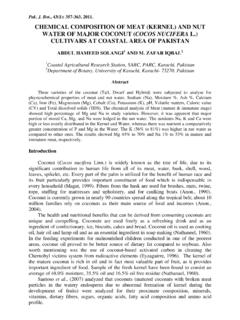



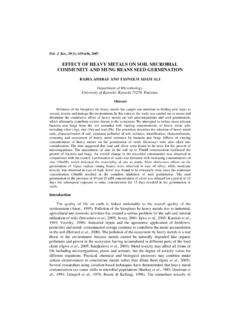


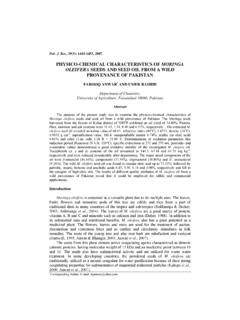




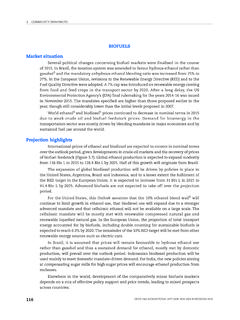
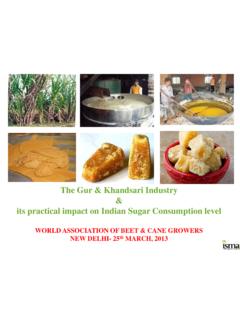
![Index [www.tongaat.co.za]](/cache/preview/f/7/7/5/c/d/4/1/thumb-f775cd41d646a3d64d3ce917aaad62e5.jpg)
